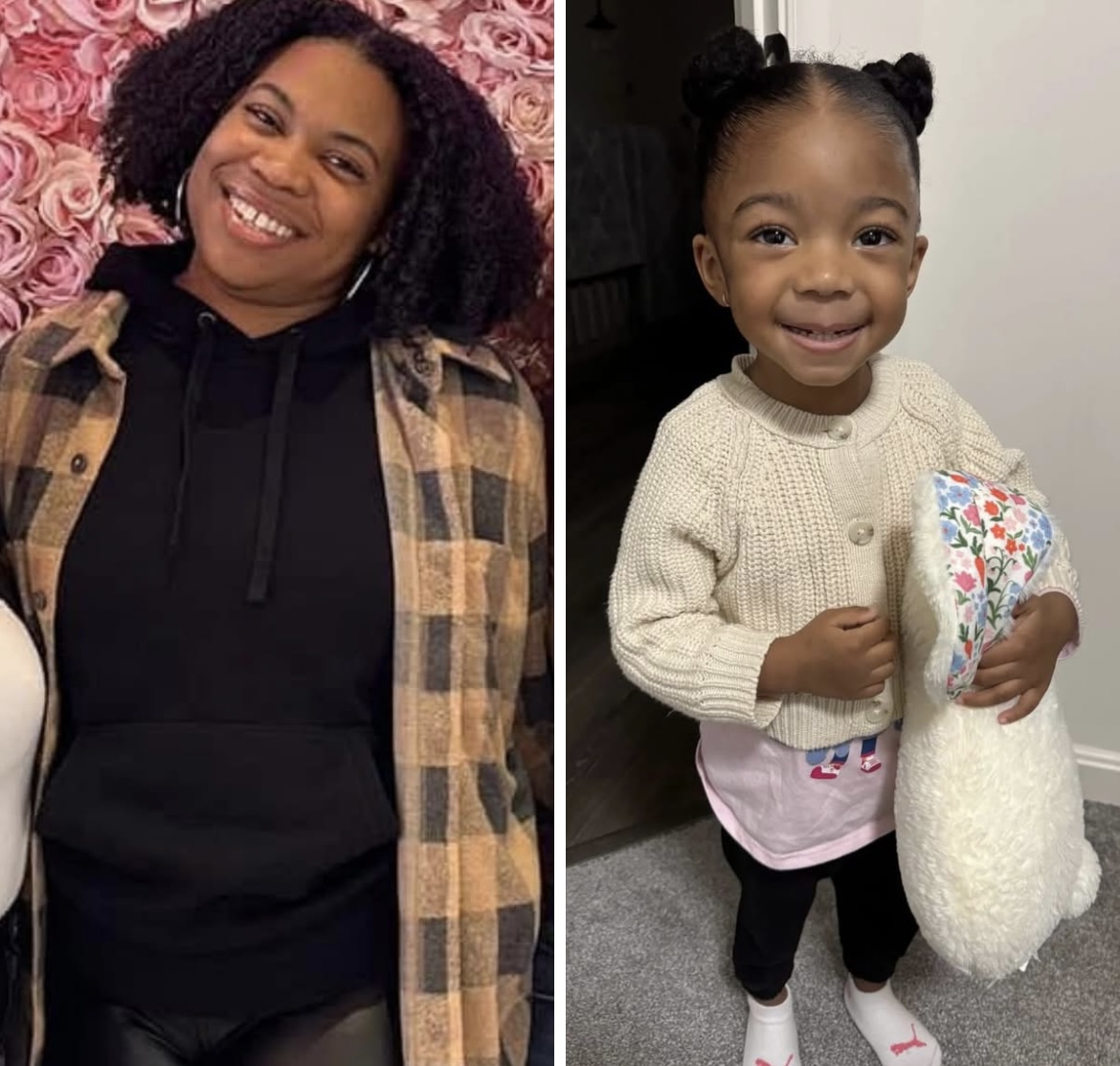Darrian Randle Confirmed as the Mother of Nola Dinkins Amid Homicide Investigation: Unfolding Questions and a Community in Shock
In a tragic and confounding turn of events, authorities have confirmed that Darrian Randle is the biological mother of the late Nola Dinkins. This revelation comes amid an ongoing homicide investigation that has sent shockwaves through the community and raised more questions than answers. While official details remain sparse, the information that has surfaced is deeply troubling—and points to a far more complex narrative than anyone could have anticipated.
A Tragedy Unfolds
The death of Nola Dinkins has been shrouded in both heartbreak and mystery since the case first came to public attention. At the outset, many feared the worst—a potential abduction, a missing child whose fate was unknown. However, investigators have since confirmed that Nola was not abducted. In fact, they now assert with confidence that no external party removed her from a place of safety or forcibly took her against her will. That theory has been officially ruled out.
What has come into sharper focus is the role Darrian Randle may have played—not just in Nola’s life, but potentially in the tragic events that led to her death. Police have revealed that Randle provided false statements during the early stages of the investigation, further complicating efforts to determine the truth. While she has not been formally named a suspect, authorities have confirmed she is currently in custody.
This development raises an urgent and painful question for everyone watching this story unfold: Why?
The Weight of Silence
The police have yet to publicly disclose the circumstances of Nola’s death, nor have they provided a clear timeline of the events leading up to it. What we do know is limited, but chilling: Nola is gone. Her death is being investigated as a homicide. And her own mother, Darrian Randle, misled investigators—knowingly, and for reasons not yet shared with the public.
This silence, this lack of clarity, weighs heavily—not just on the investigators trying to piece together the truth, but on a community desperate for closure. Every parent, every neighbor, every teacher who ever knew Nola is asking the same question: Why would a mother lie about her own child?
Was she afraid? Was she covering for someone? Or, more disturbingly, is there something deeper, more sinister behind the deception?
A Portrait of Nola
To understand the magnitude of this tragedy, we must also remember who Nola Dinkins was—a young girl full of potential, laughter, and light. Friends and relatives describe her as kind-hearted, curious, and bright. Her life, tragically cut short, should have been filled with promise. She should have had time to grow, to learn, to thrive.
Instead, we are left with memories and a name attached to a growing file in a homicide unit. Her story is no longer just about who she was, but about the chilling mystery of how she died—and what role her own mother may have played in the aftermath.
What Happens Next?
At this point, Darrian Randle remains in custody, but no charges have been formally brought against her in connection with Nola’s death. That fact alone underscores just how early it is in this investigation—and how carefully law enforcement is treading. False statements to police are serious enough; they can obstruct justice, derail early leads, and delay accountability. But if those statements were part of a broader cover-up or involved direct harm, the implications could be far more severe.
Investigators are reportedly continuing to gather evidence and piece together timelines. Until they are ready to reveal more, the public is left with only fragments: a child dead, a mother held, and a case cloaked in ambiguity.
The Question of Why
The most haunting element of this case is not the procedural silence of police or the scarcity of confirmed facts—it is the emotional and psychological void left by the “why.”
Why did Darrian Randle lie to police about what happened to her daughter?
Why is Nola Dinkins dead?
And perhaps most painfully: Why does it so often take the worst kind of tragedy to expose the most hidden truths?
As the investigation continues, the community waits—not just for justice, but for understanding. For truth. For peace. For some glimpse of meaning behind a senseless loss.
Until then, we remember Nola. We watch the legal process unfold. And we hold fast to the hope that, one day, there will be answers.
Because we need to know. Because Nola deserves it. And because the question still echoes through every headline, every whisper, every tear:
Why?

Leave a Reply